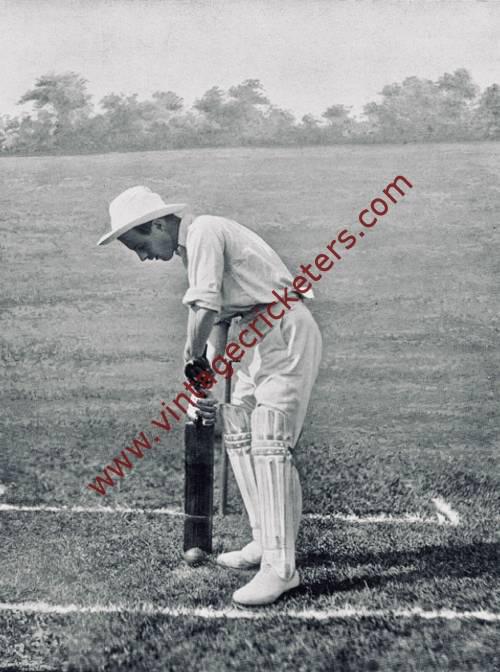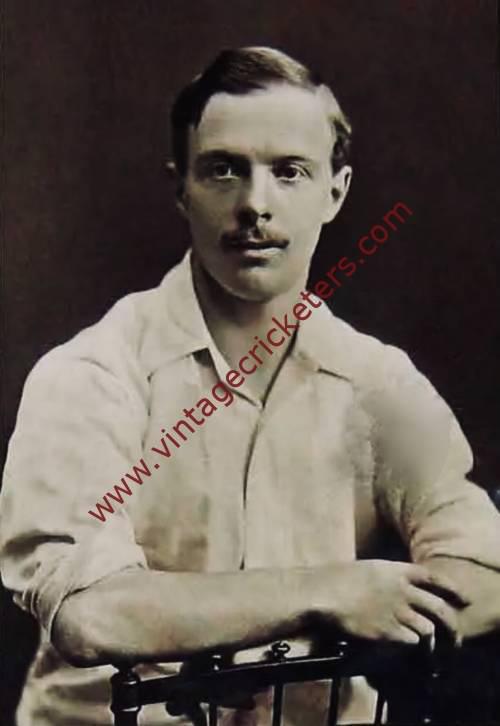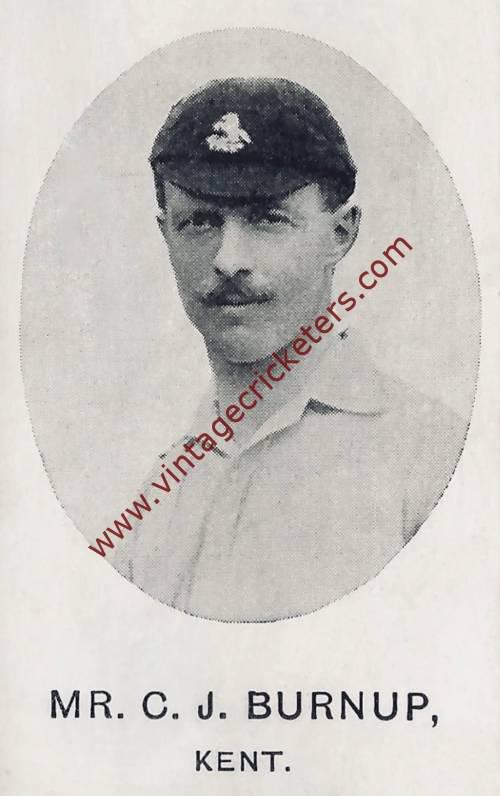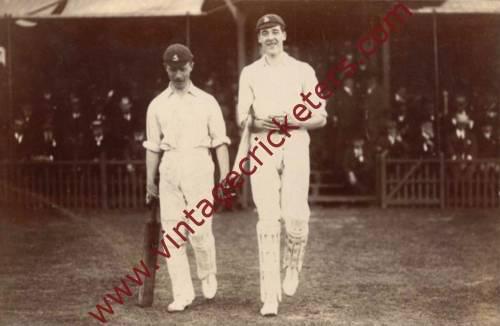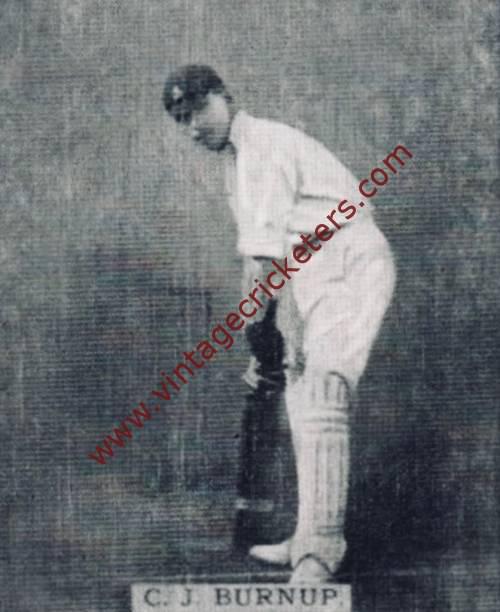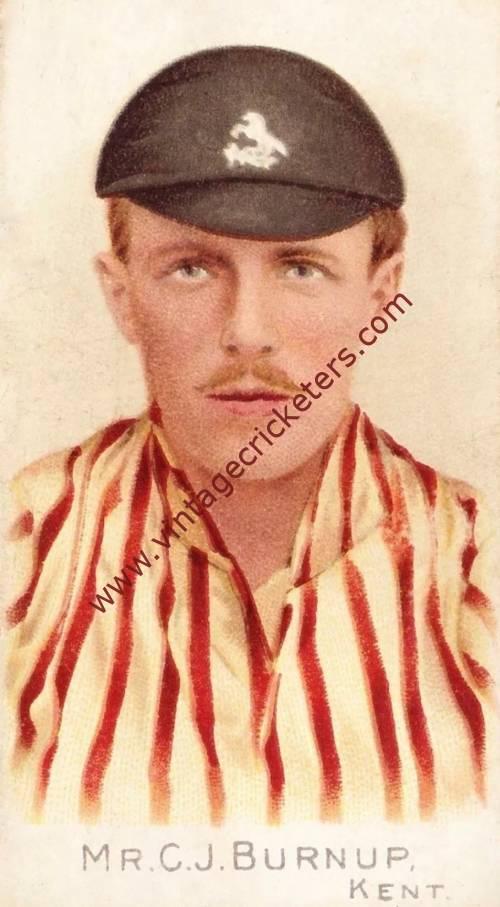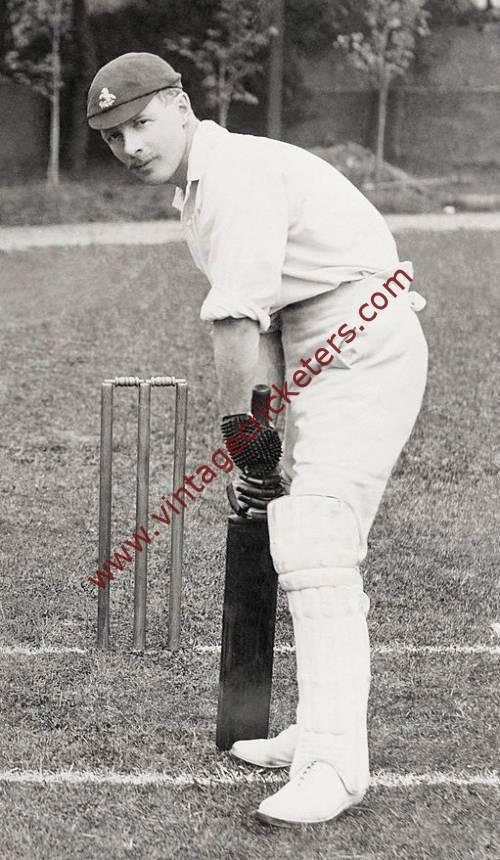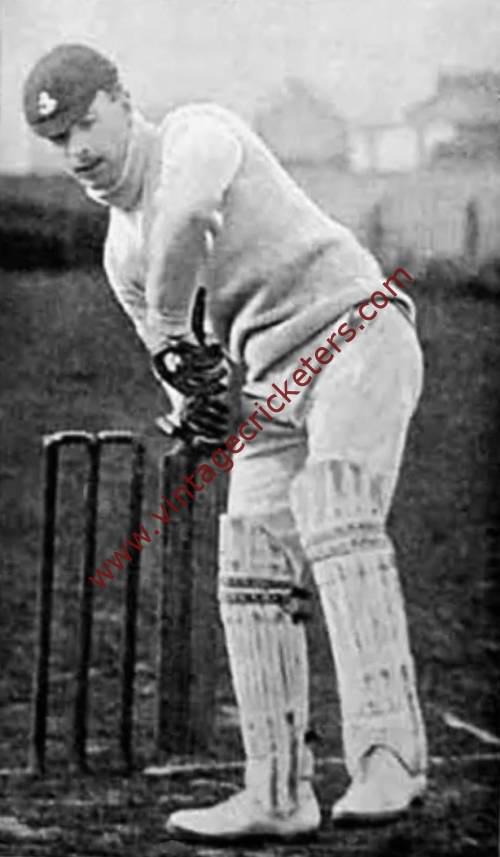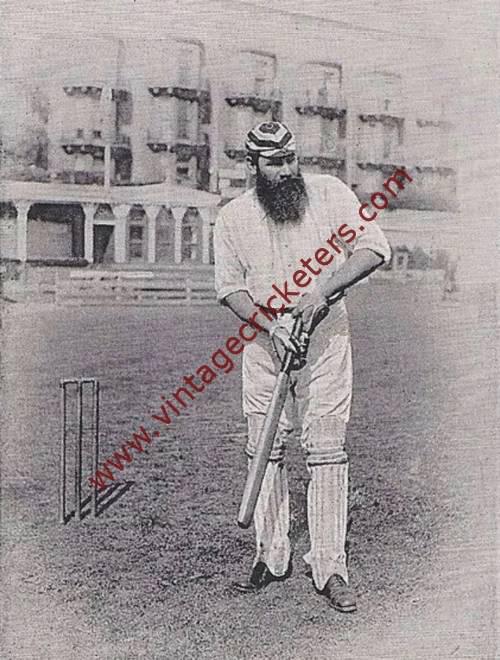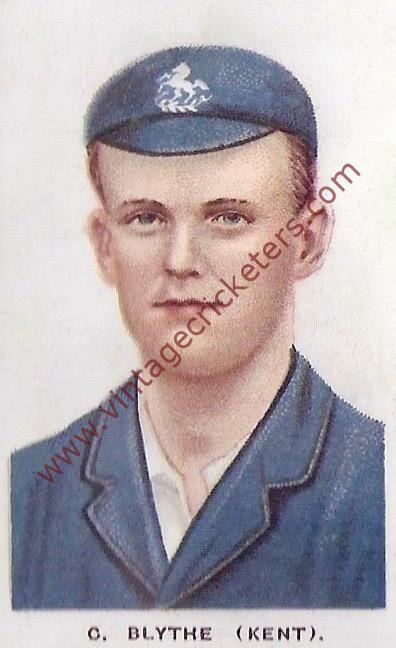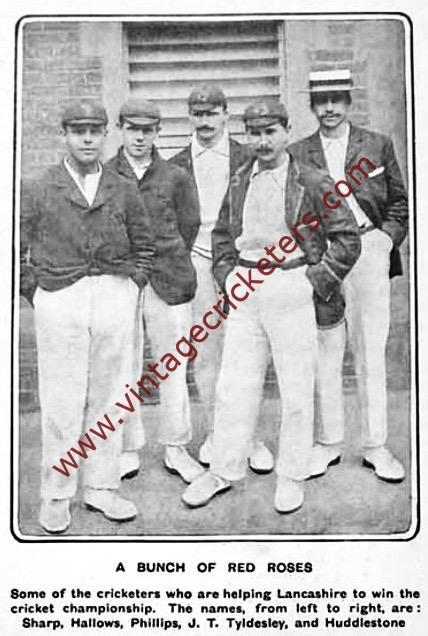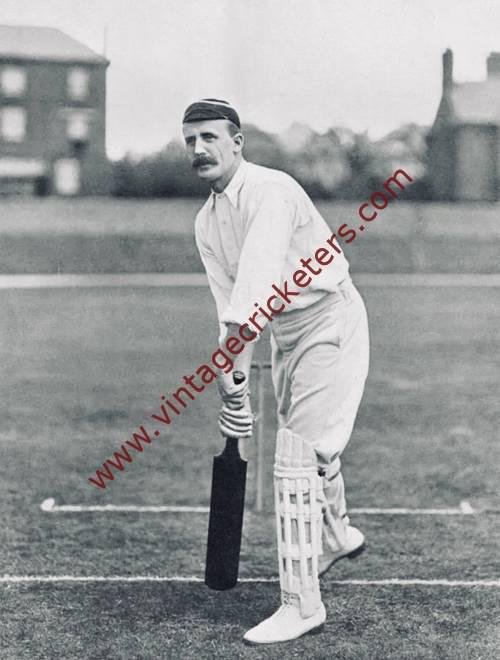Please choose your photo size from the drop down menu below.
If you wish your photo to be framed please select Yes.
Note: 16″x 20″not available in a frame.
Images can also be added to accessories. To order please follow these links
£8.95 – £49.95
Please choose your photo size from the drop down menu below.
If you wish your photo to be framed please select Yes.
Note: 16″x 20″not available in a frame.
Images can also be added to accessories. To order please follow these links
The maximum number of views of this element is reached.
Please contact the webmaster to enable unlimited views.
Blackheath, London (Kent County) born Cuthbert “Pinky” Burnup was an amateur sportsman who enjoyed successful careers at both cricket and football. Educated at Malvern College, he went up to Clare College, Cambridge, where he earned Blues in both sports.
As a cricketer Burnup made his first class debut for the Gentlemen of England at Lord’s again I Zingari in 1895. He made his Kent County Championship debut in 1896 whilst still at University and played regularly for the County until 1907. He scored over 1,000 runs for Kent eight times and made 157 first class appearances for the County. In 1896 he became the first Kent batsman to score a century before lunch in Kent, making his century against Gloucestershire at Gravesend.
As an opening batsman Burnup was considered cautious but was able to score on all types of pitch and could, when required, score quickly. Against Somerset at Taunton in 1906, he took part in successive stands of 70 in half an hour, 116 in 35 minutes and 58 (unbroken) in 12 minutes, while at Tonbridge in 1900 he and P.C. Baker added 77 together in 25 minutes against Hampshire.
He was a particularly fine opening batsman, a consistent run-getter throughout his career able to make runs all round the wicket, and equally happy on all kinds of wickets. He scored Kent’s first double hundred, making exactly 200 against Lancashire in 1900, the highest score of his career, and scored over 2,000 runs in 1902, a feat performed by only two others that summer, holding company with no less than Victor Trumper and Robert Abel. In 1903 Wisden named him as one of the five Wisden Cricketers of the Year. He made 102 consecutive County Championship appearances for Kent between 1899 and 1903, becoming the first man to play in over 100 consecutive Championship matches for the County. He captained Kent for one season in 1903, taking over from Jack Mason who had resigned as captain at the end of the previous season.
Burnup played an important role in Kent’s first County Championship winning campaign in 1906, leading the domestic first class batting averages, scoring 1,207 runs at 67.05 despite playing only 13 matches during the season. He was described by The Guardian as “essentially a sound, steady batsman” who contrasted with the flamboyant Kenneth Hutchings, Kent’s leading run scorer of the season. He took part in tours to Holland, America and Australia and New Zealand during his career. He marked his first appearance for the Gentlemen against the Players by scoring a century and was perhaps unlucky not to play for England.
Burnup appears in the record books as the only first class bowler to have 10 runs scored off one ball. This happened when he was playing for M.C.C. against Derbyshire in 1900 during a short lived trial system where a net was placed around the playing surface. The runs were scored by Samuel Hill-Wood.
In 228 first class matches, Burnup scored 13,614 runs at an average of 36.79 with 26 centuries and 81 half centuries. He took 98 wickets at 32.42 a piece, with a best performance of 6-36, one of four 5 wicket innings performances, and took 107 catches.
As a footballer Burnup played outside left and was considered a quick player who could dribble the ball effectively. He played 79 matches for The Corinthians between 1894 and 1901, scoring 28 times and toured with The Corinthians to South Africa in 1897, helping the club win the London Charity Cup in the same year. He also played for Old Malvernians and earned his blue with Cambridge University AFC in 1895 through to 1898, captaining the side in 1897.
Whilst at Cambridge and aged 20, Burnup was selected to represent England against Scotland at Celtic Park in Glasgow in April 1896. The match, part of the 1896-97 British Home Championship, ended with England losing 2-1, the first Scottish victory in the fixture for 20 years. The match did much to signal the end of the reliance of the Football Association on amateur footballers. It was his only cap for England.
| Weight | N/A |
|---|
